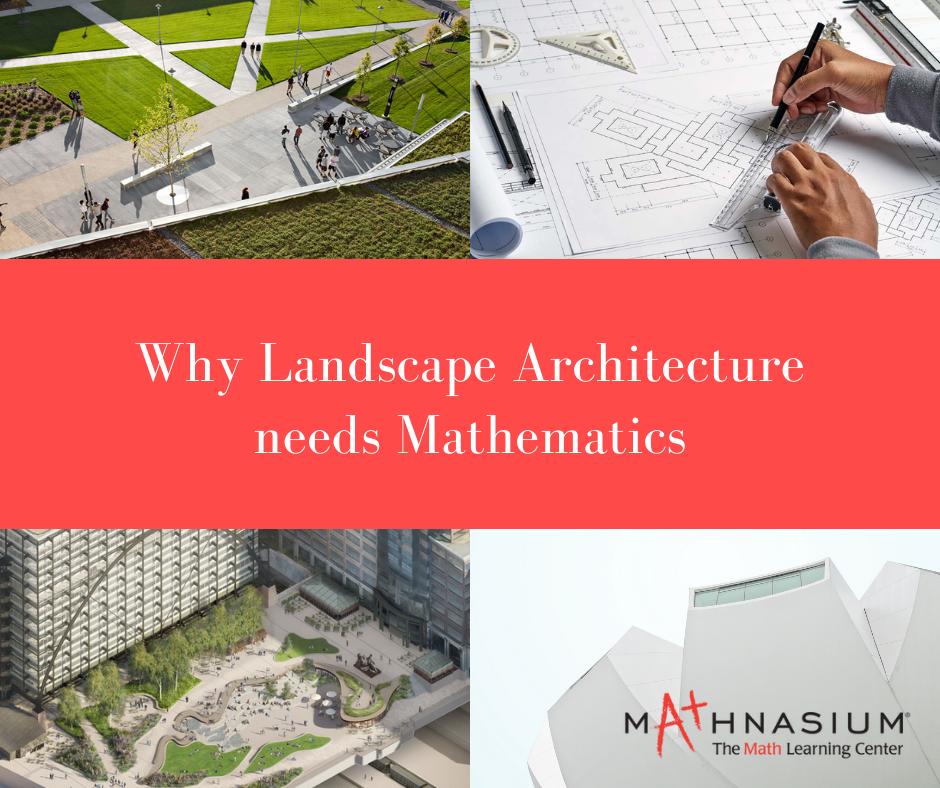Mathematics is an essential subject that plays a crucial role in various fields, including architecture. Landscape architecture, for example, is a discipline that heavily relies on math principles to create stunning designs for outdoor spaces.
Landscape architecture is the art and science of designing outdoor spaces like parks, gardens, and public spaces. It involves a careful study of the site, the natural environment, and the client's needs and preferences. In this process, mathematical concepts and tools are used to analyze the space, measure its dimensions, and create accurate plans and designs.
One of the fundamental mathematical concepts used in landscape architecture is geometry. Geometry is the branch of mathematics that deals with the study of shapes, sizes, and positions of objects. It plays a crucial role in landscape architecture as it allows designers to understand the physical space and create designs that are harmonious and aesthetically pleasing.
In landscape architecture, geometric principles are used to analyze the site, measure its dimensions, and create accurate plans and designs. For example, the principles of symmetry and proportion are used to create balanced designs that are visually appealing. These principles can be applied to the layout of walkways, planting beds, and other features of the landscape.
Another important mathematical concept used in landscape architecture is trigonometry. Trigonometry is the branch of mathematics that deals with the study of triangles and their relationships. It is used to determine angles and distances, which are essential in creating accurate plans and designs.
For example, in landscape architecture, trigonometry can be used to calculate the height of a tree or a building, the slope of a hill, or the length of a curved path. These calculations are essential in creating accurate plans and designs that are functional and aesthetically pleasing.
Calculus is another mathematical concept that is used in landscape architecture. Calculus is the branch of mathematics that deals with the study of change and motion. This tool is used to analyze how water moves, plants grow, and other dynamic processes take place in outdoor spaces.
For example, calculus can be used to calculate the flow rate of water in a fountain or a stream, or the rate of growth of a plant. These calculations are essential in creating designs that are sustainable and environmentally friendly.
In addition to these mathematical concepts, landscape architecture also relies on mathematical tools, such as computer-aided design (CAD) software. CAD software is a computer program that allows designers to create accurate and detailed designs of outdoor spaces.
CAD software is used in landscape architecture to create 2D and 3D models of the site, which can be used to visualize the design and make changes as needed. This software also allows designers to calculate the site's area, volume, and other measurements, which are essential in creating accurate plans and designs.
In conclusion, mathematics plays a crucial role in landscape architecture. From geometry to calculus, mathematical concepts, and tools are used to analyze the site, create accurate plans and designs, and ensure that outdoor spaces are functional, sustainable, and aesthetically pleasing.











